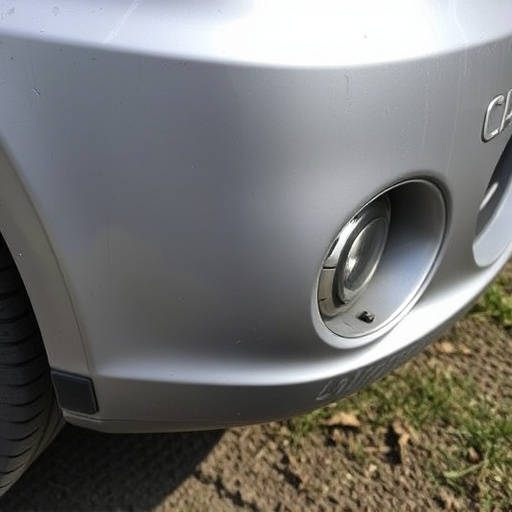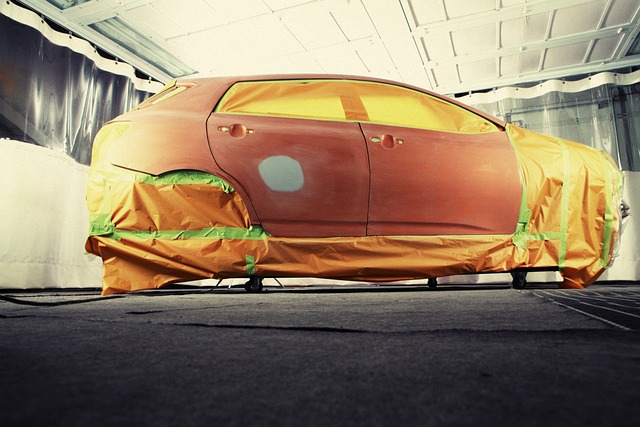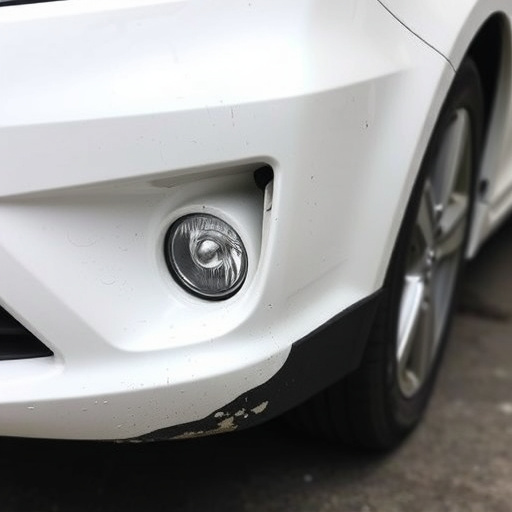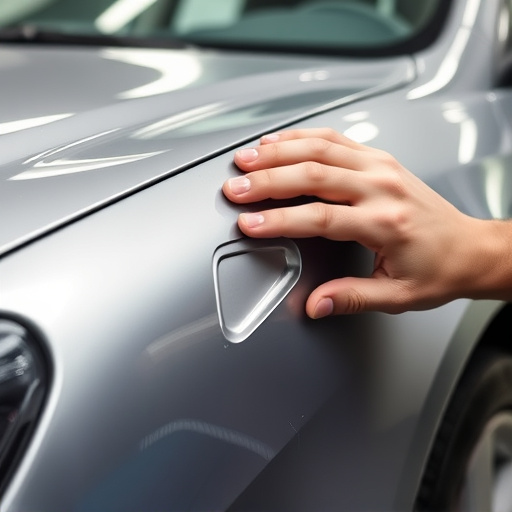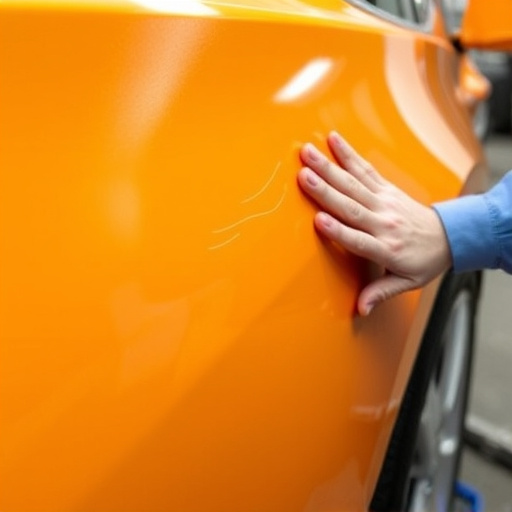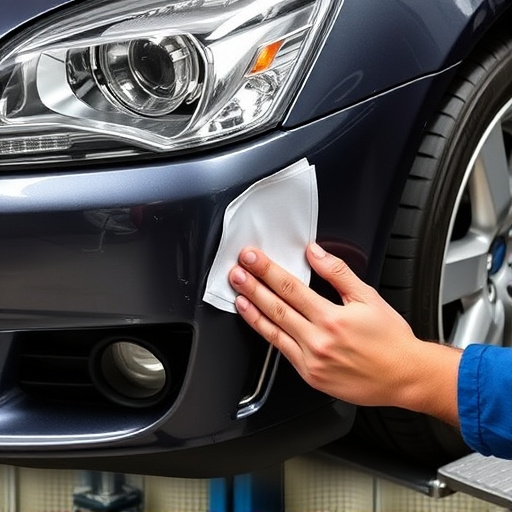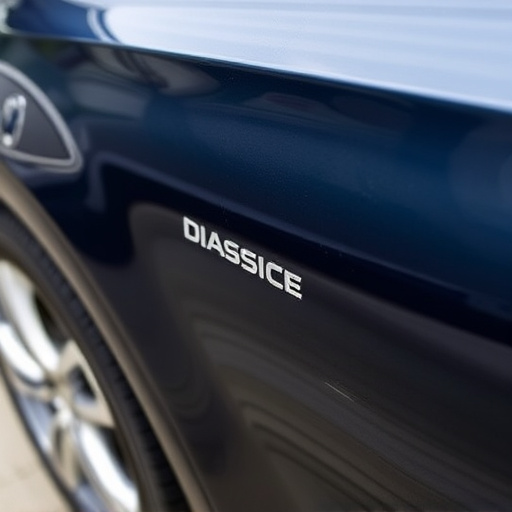Assessing vehicle dent damage is key to effective fixing, dictating repair method and time. Dents range from minor to severe, with size, depth, location influencing approach. Advanced techniques like CAD and robotic welding speed up repairs compared to traditional methods, ensuring faster returns to road for quality vehicle dent fixing. Skilled technicians use specialized tools and precise painting for seamless finishes that protect against future dents.
You can’t always judge a dent’s severity by its size. Assessing damage is the first step in understanding how long your vehicle dent fixing process will take. From minor dings to significant creases, each dent is unique. This article delves into the world of vehicle dent fixing, exploring the assessment process, repair techniques employed, and the crucial drying and finishing stages. Learn what factors determine turnaround time and discover the steps ensuring a durable, high-quality fix.
- Assessing Damage: Understanding Dent Severity
- Repair Process: Steps and Techniques Employed
- Drying and Finishing: Ensuring Quality and Durability
Assessing Damage: Understanding Dent Severity

Assessing damage is a crucial step in vehicle dent fixing. The severity of the dent determines the repair method and time required. Dents can range from shallow dings to deep depressions, each presenting unique challenges. During an initial inspection, technicians consider factors like the size, depth, location, and type of dent. For example, a small, shallow dent on a car door may only require a quick, localised repair, while a large, complex dent might necessitate more extensive body work, including panel replacement or extensive metal fabrication, depending on the make and model of the vehicle, such as a Mercedes-Benz collision repair.
Understanding the extent of the damage is key to providing an accurate estimate for auto maintenance. The complexity of the fix affects not only the time needed but also the cost involved in car body restoration. Advanced techniques, like computer-aided design (CAD) and robotic welding, can expedite repairs compared to traditional methods, ensuring a smoother, faster return to the road for vehicle dent fixing.
Repair Process: Steps and Techniques Employed

The process of vehicle dent fixing involves several meticulous steps and techniques to ensure a flawless restoration. It begins with an assessment where skilled technicians examine the damaged area, considering factors like dent size, depth, and location. Based on this evaluation, they decide on the most suitable repair method. Common techniques include paintless dent repair (PDR), which is a preferred method for smaller dents as it preserves the original factory finish. Technicians use specialized tools to gently push out the dented panel from behind, restoring its original shape without breaking or damaging the surrounding panels.
For more severe collisions or deeper dents, traditional automotive collision repair methods are employed. This involves removing the damaged panel and sending it to a specialty shop for metalworking. Skilled welders and fabricators reshape the metal, fill in any gaps, and then precisely paint to match the vehicle’s original color. This process demands precision and expertise to maintain the car’s overall aesthetics. Car dent repair specialists utilize advanced equipment and knowledge of automotive manufacturing to ensure that each step aligns perfectly with the vehicle’s design, resulting in a seamless fix.
Drying and Finishing: Ensuring Quality and Durability

After the dent is removed and filled, the next crucial step in vehicle dent fixing is drying and finishing. This phase is essential for ensuring both quality and durability in the repair. Skilled technicians use specialized tools to carefully dry the area, preventing water damage or unwanted color changes in the paint job. The process involves multiple coats of paint, each allowing the previous one to dry thoroughly, leading to a seamless finish that matches the original car bodywork perfectly.
Proper drying and finishing are vital for the longevity of the repair. It protects against future dents and ensures the vehicle’s exterior looks as good as new. This meticulous attention to detail is what distinguishes a high-quality car repair shop from others, guaranteeing customer satisfaction with the final product.
Vehicle dent fixing can vary in duration depending on the severity of the damage. Assessing the dent, employing appropriate repair techniques, and ensuring quality drying and finishing typically completes the process within a few hours to a maximum of one business day. Understanding the severity of the dent from the outset helps set realistic expectations for timely vehicle dent fixing, ensuring your vehicle returns to its pre-dent condition efficiently.
